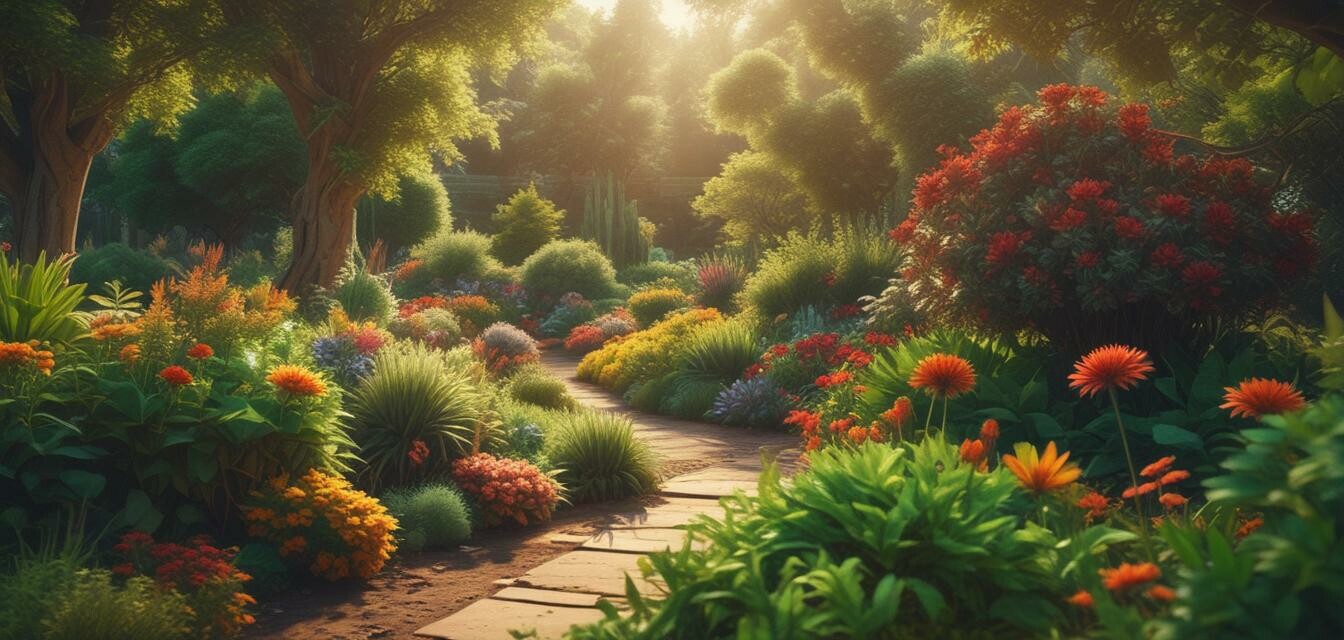
Designing with Native Plants: A Guide
Key Takeaways
- Native plants are well-adapted to local climates and soil types.
- They support local wildlife, including pollinators and birds.
- Effective design with native plants enhances your garden's sustainability.
- Proper planning can yield a visually stunning and low-maintenance garden.
- Engage in seasonal plantings to maximize garden beauty year-round.
Designing your garden with native plants brings numerous benefits and is a fantastic way to enhance the beauty of your landscape. Not only do these plants thrive in their natural environments, but they also support local ecosystems by providing habitats and food for wildlife. In this guide, we will explore the advantages of native plants and share tips on how to design a stunning garden using them.
The Benefits of Using Native Plants
Before diving into the design process, let's discuss why native plants are the perfect choice for your garden.
| Benefits | Description |
|---|---|
| Low maintenance | Native plants require less water, fertilizer, and pesticide, making them easier to care for. |
| Biodiversity | They attract a variety of pollinators, such as bees and butterflies, which are essential for a healthy ecosystem. |
| Soil health | Native plants often have deep root systems that improve soil structure and prevent erosion. |
| Climate adaptability | These plants are perfectly suited to thrive in your local climate, reducing the need for extra irrigation. |
| Preservation of local landscapes | Using native plants helps preserve regional biodiversity and contributes to environmental conservation efforts. |
Designing Your Native Plant Garden
When designing your garden with native plants, consider the following steps:
1. Research Local Plant Species
Start by identifying which native plants are suitable for your specific region. Check local plant nurseries, botanical gardens, and conservation organizations for resources. Popular categories include:
- Wildflowers
- Grasses
- Shrubs
- Trees
2. Understand Your Garden's Conditions
Before planting, observe your garden’s conditions, including:
- Sun exposure
- Soil type and drainage
- Moisture levels
- Wind patterns
This information will help you choose the right plants that will thrive in your specific environment.
3. Plan Your Layout
Consider the following strategies when planning your garden layout:
- Group plants with similar water and sunlight needs together.
- Create layers by placing taller plants at the back or center and shorter ones in front.
- Incorporate pathways and seating areas to make your garden accessible.
4. Incorporate Seasonal Interest
Choose plants that bloom at different times throughout the year to maintain visual interest. A well-planned native garden can offer beautiful blooms, foliage, and even winter interest.
Maintenance Tips for Native Plant Gardens
Maintaining a native plant garden is often less time-consuming than traditional gardens, but some care is necessary:
- Water your plants until established, then reduce watering as they adapt.
- Regularly remove weeds to prevent competition for nutrients.
- Apply mulch to retain moisture and suppress weeds.
- Monitor for pests but resist the urge to use chemicals unless absolutely necessary.
Pros
- Encourages local wildlife.
- Less resource-intensive once established.
- Enhances the natural beauty of the landscape.
- Provides a sense of place and local heritage.
Cons
- Limited color palette compared to exotic plants.
- Some native plants can be slow to establish.
- Requires initial research to identify suitable species.
Conclusion
Designing with native plants is a rewarding experience that supports the environment and creates a beautiful garden. By understanding the benefits, planning a thoughtful layout, and maintaining your garden properly, you can enjoy a sustainable and stunning outdoor space for years to come.
Explore More
If you're looking for additional inspiration and resources, check out some of our related topics: